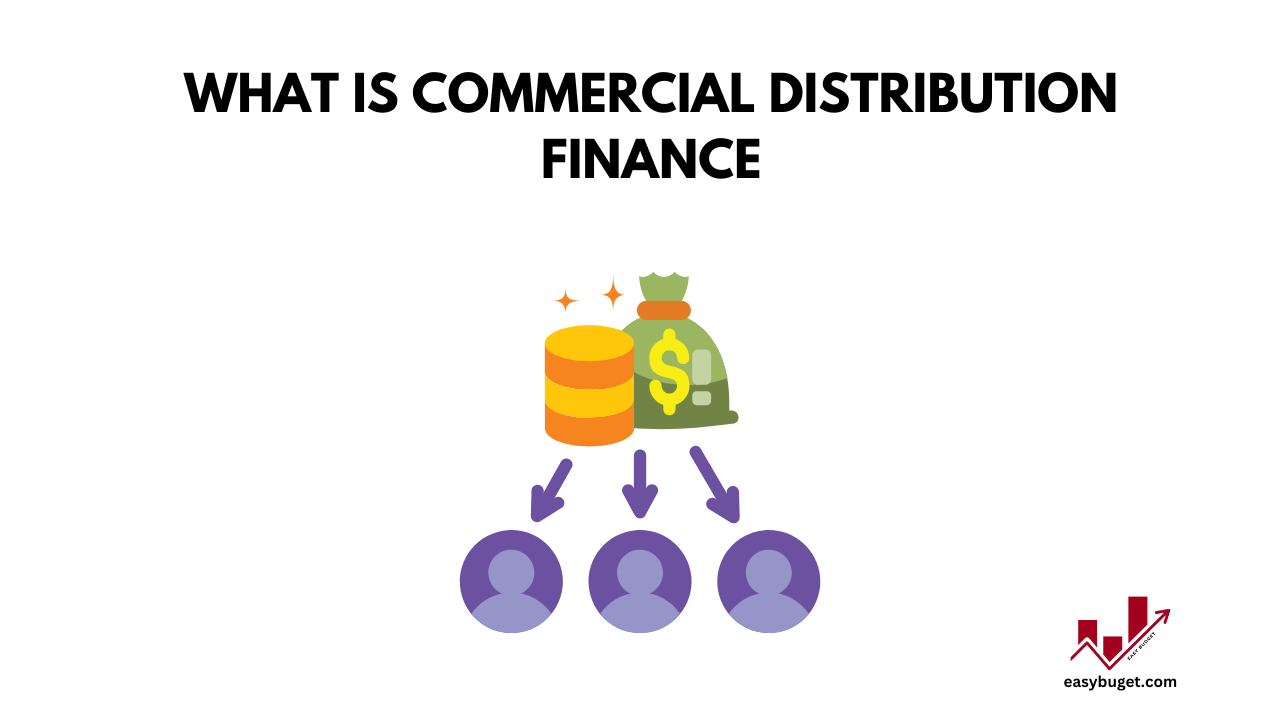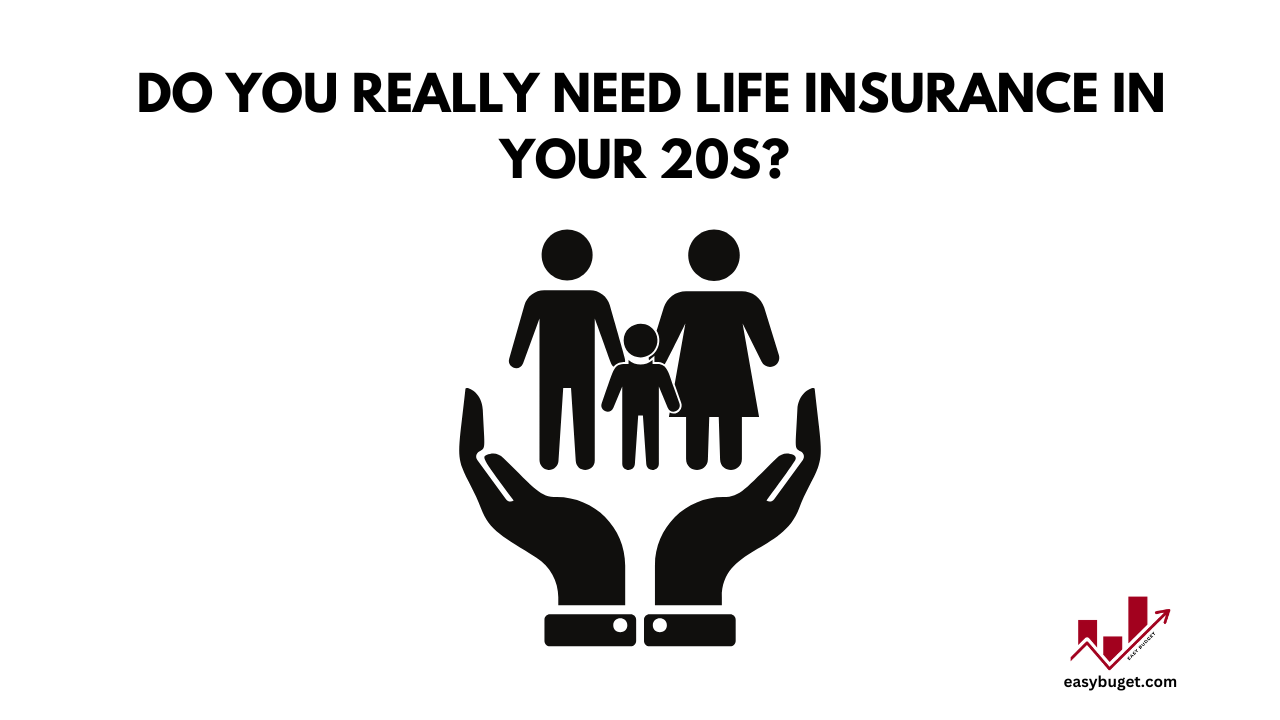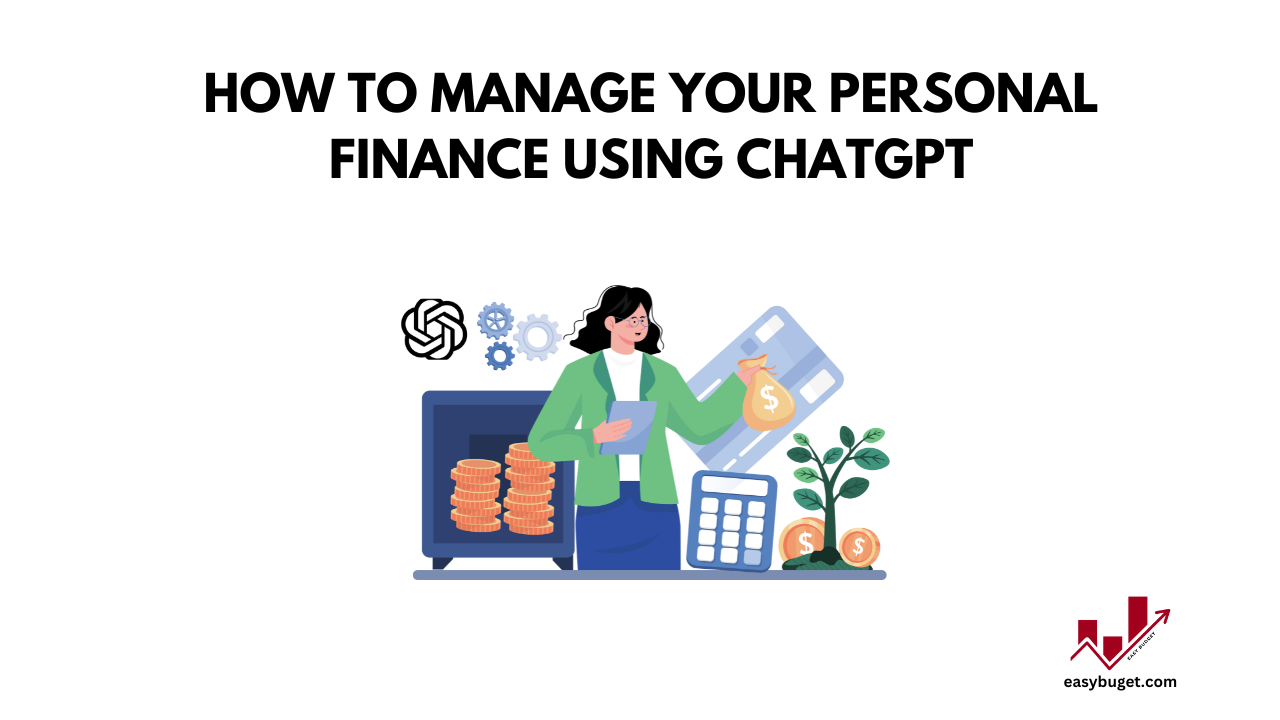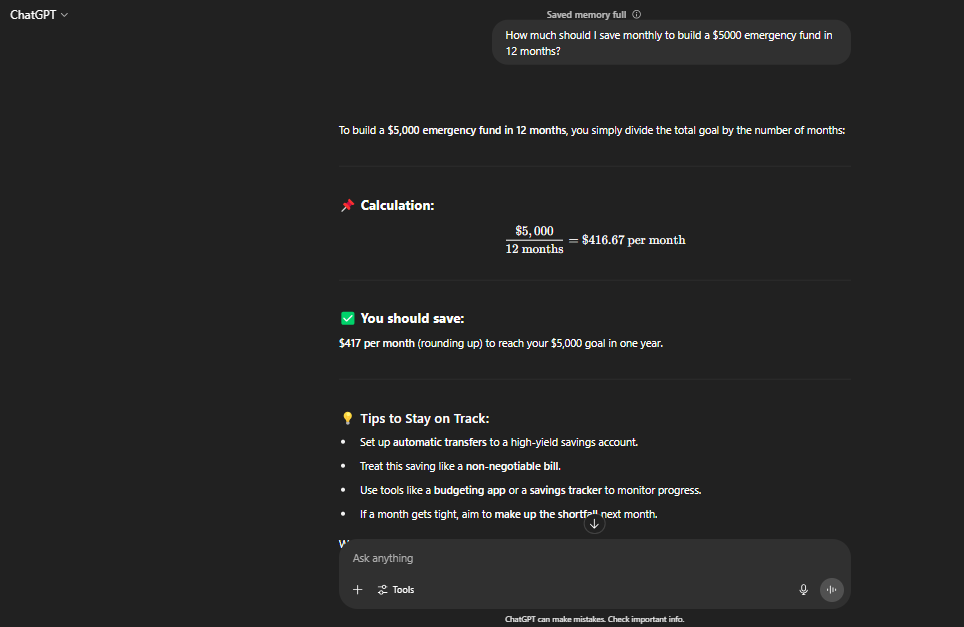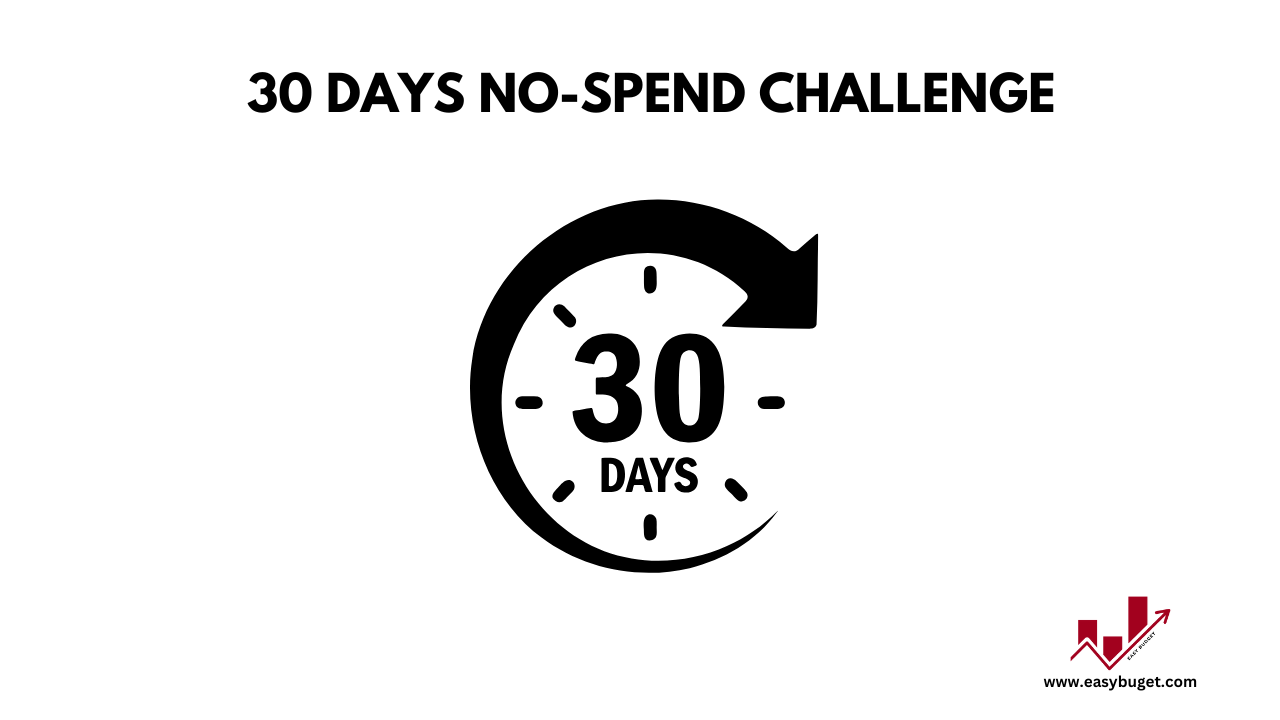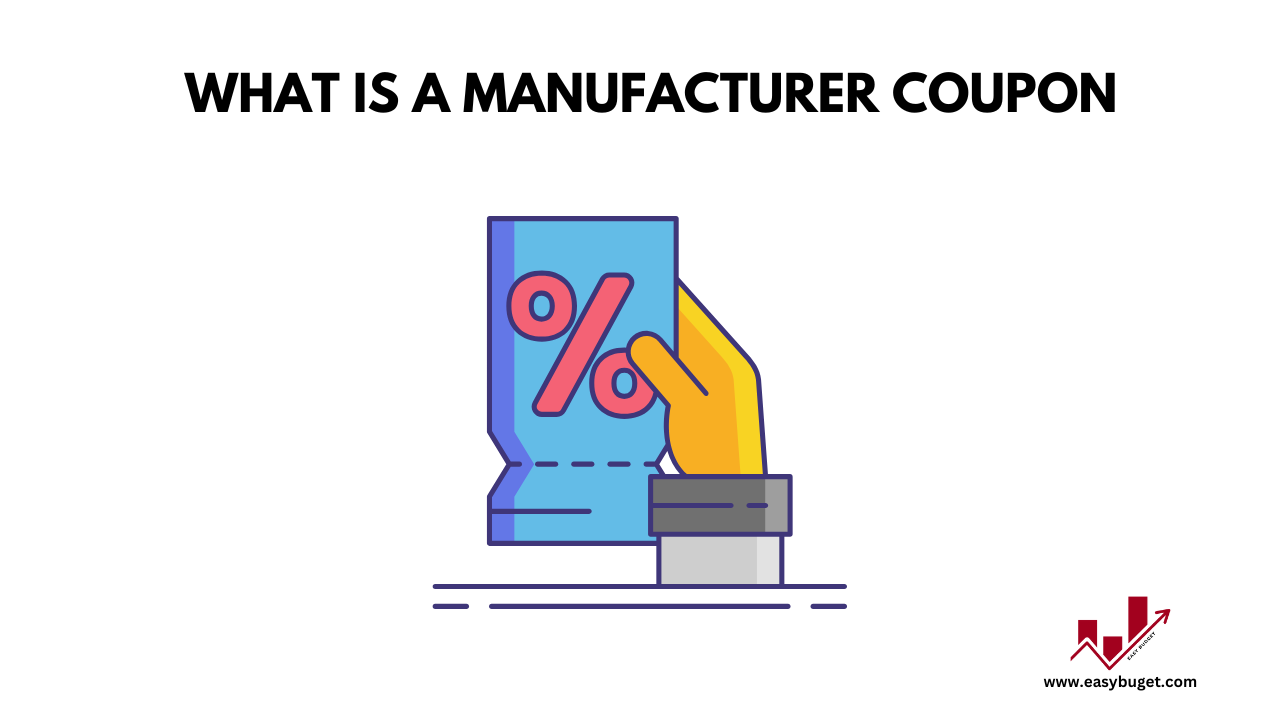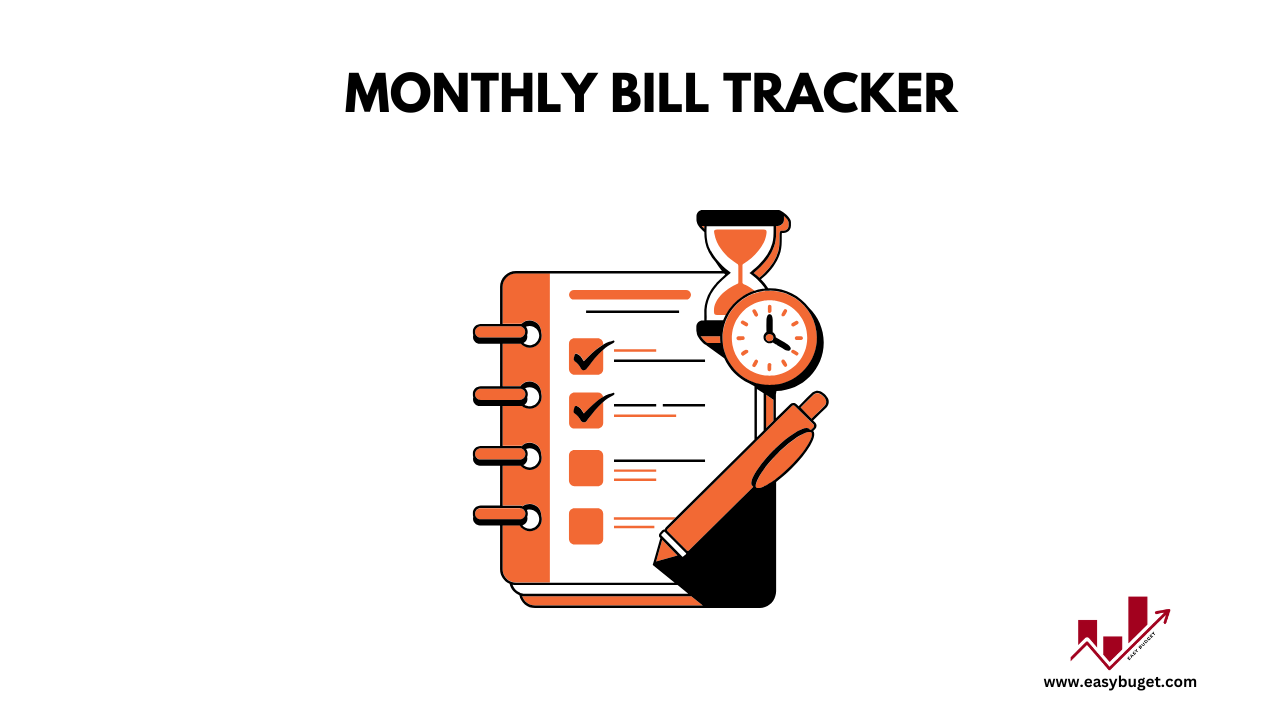Managing money can be difficult for anyone, but for people with ADHD, it can feel overwhelming. Traditional budgeting methods often involve too many steps, too much detail, and not enough flexibility.
That’s why choosing the best budget apps for ADHD is very important to stay on budget. These apps are designed to help you stay on track, reduce stress, and make money management simpler.
This blog will guide you through the best apps for budgeting if you live with ADHD. These tools are easy to use, visually clear, and built to support executive function challenges.
Why Budgeting Apps Matter for ADHD
People with ADHD often face difficulties with organization, attention, and time management. These challenges can affect how they handle money.
Many individuals with ADHD struggle to keep track of bills, forget due dates, or lose focus when managing a budget. The best budget apps for ADHD provide simple layouts, helpful reminders, and automation features that reduce mental load.
The right budgeting app does not just track your spending it makes it easier to build habits, see progress, and stay consistent. Features like visual charts, automatic syncing, and gentle alerts can help keep financial goals on track without adding extra pressure.
Top 5 Best Budget Apps for ADHD
1. Wally Budgeting App
Wally is a smart budgeting app that offers visual insights into your spending and savings. It’s ideal for ADHD users because it keeps things simple with graphs, colorful visuals, and an easy-to-navigate layout.
Wally allows you to track multiple accounts, set goals, and get notifications to keep your budget on track. It is great for people who want a clean interface with powerful budgeting tools.
2. Spendee
Spendee focuses on visuals and custom categories, which is helpful for users with ADHD who need clear organization. It allows you to create shared wallets, which is ideal for households or partners managing finances together.
Spendee’s automatic syncing with bank accounts helps reduce manual entry, making it easier to stay on track with minimal effort.
3. Zeta
Zeta is designed for couples but works well for individuals too. It offers shared and personal budgets, which is helpful for ADHD users who want to keep life and work finances separate.
The app includes bill reminders, spending insights, and progress trackers that are easy to understand. It reduces decision fatigue by summarizing everything in one dashboard.
4. Toshl Finance
Toshl Finance combines budgeting with a fun, quirky interface that ADHD users may find more engaging. It offers graphs, calendar views, and reminders to keep you aware of upcoming bills.
It is highly customizable and supports multiple currencies, which is useful for freelancers or travelers who also live with ADHD.
5. Buddy Budget App
Buddy is a simple and visually appealing app that focuses on collaboration. It’s easy to set up, and the interface is bright and motivating.
It helps ADHD users stick with budgeting by offering clear categories, weekly summaries, and the ability to track shared expenses. The simplicity of this app is its strength, making it a great choice for those who prefer a lighter approach.
What Makes a Budget App ADHD-Friendly?
The best budget apps for ADHD share a few key features:
- Simplicity: Clear layout and easy navigation.
- Automation: Syncs with bank accounts and tracks spending automatically.
- Visual tools: Charts and summaries to make numbers easier to understand.
- Reminders: Gentle notifications for bills or budget reviews.
- Goal tracking: Helps users stay motivated by showing progress.
When choosing an app, it is important to test different options to see what feels most natural. Some people prefer more structure, while others need more flexibility.
Tips for Using Budget Apps with ADHD
Here are the tips for choosing best budget apps for adhd:
- Start small: Focus on one or two features first (like tracking income or setting one savings goal).
- Set reminders: Use in-app alerts or phone alarms to check in weekly.
- Review regularly: Set a time each week to look at your budget—it doesn’t need to be perfect.
- Pair with routine: Attach budgeting to a regular habit, like morning coffee.
The best budget apps for ADHD won’t fix everything overnight, but they can create a strong foundation for better money habits over time.
Conclusion
Choosing the best budget apps for ADHD means finding tools that work with your brain not against it. Apps like Wally, Spendee, and Buddy offer simple ways to manage money, build habits, and reduce financial stress. With the right support, staying on top of your budget becomes easier for you and more rewarding.
Explore free trials when possible and give yourself time to find the best fit. Consistency, not perfection, is what leads to lasting success.


